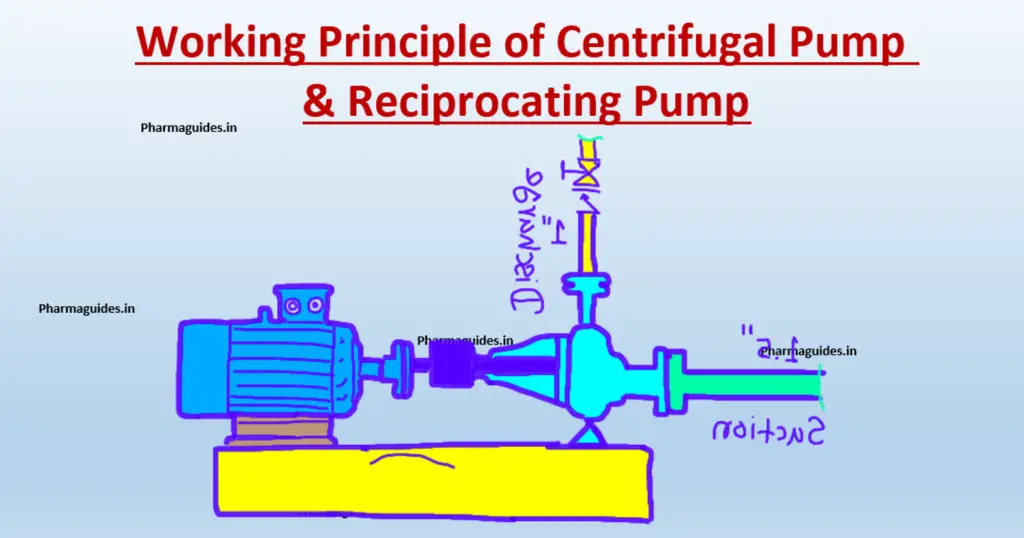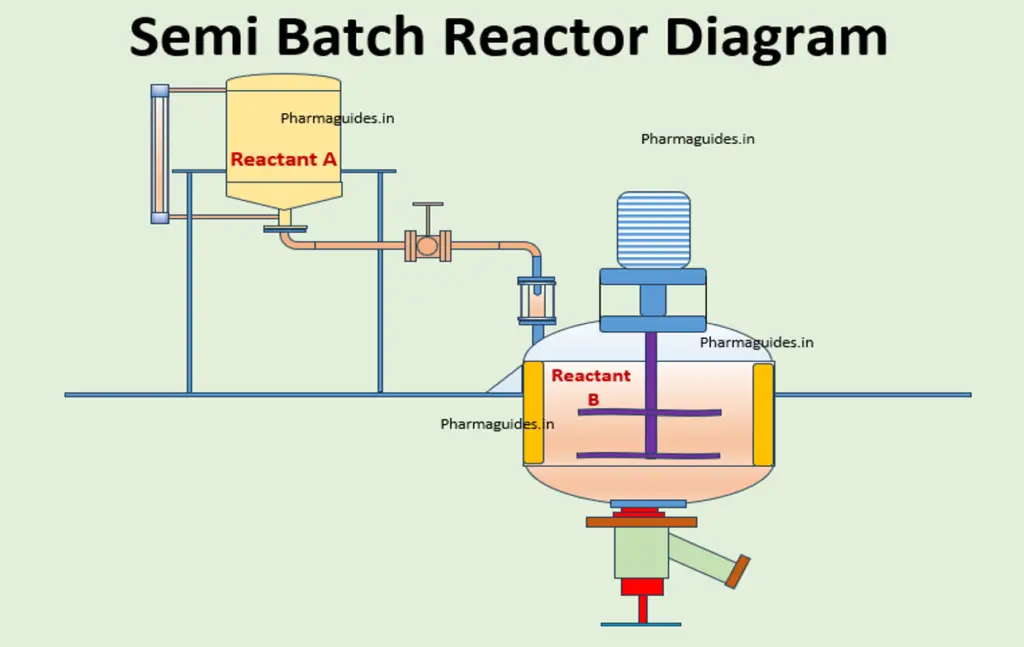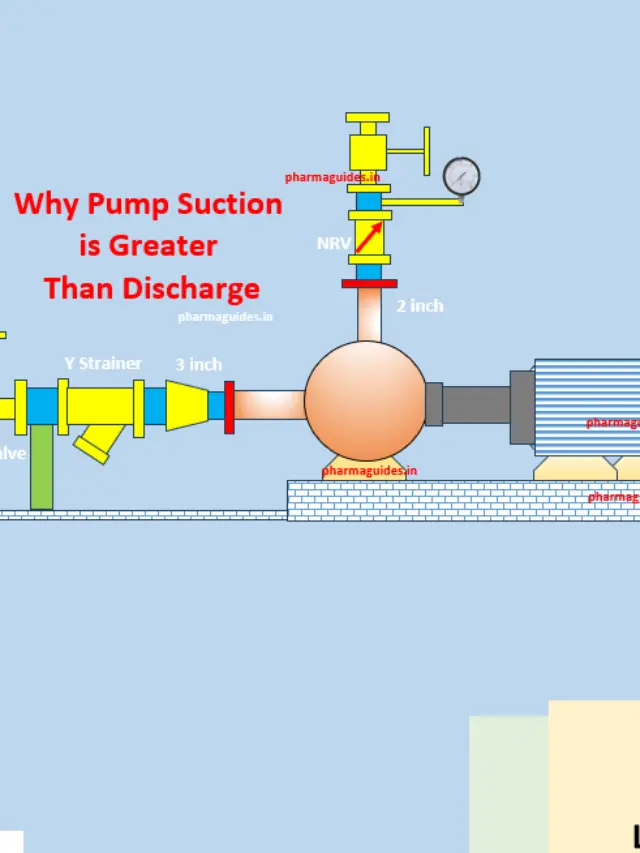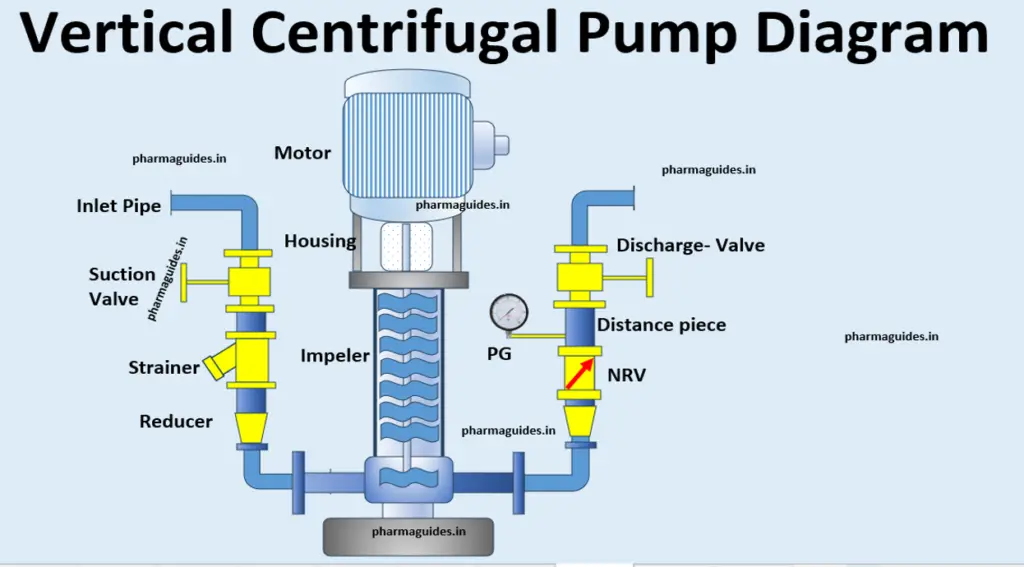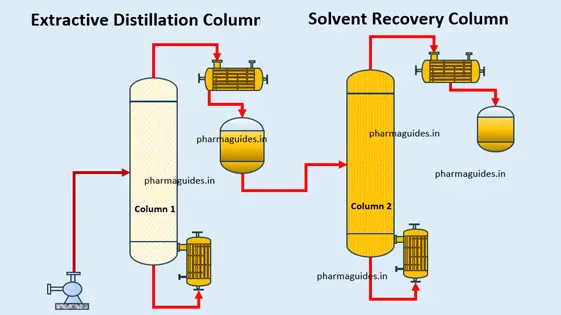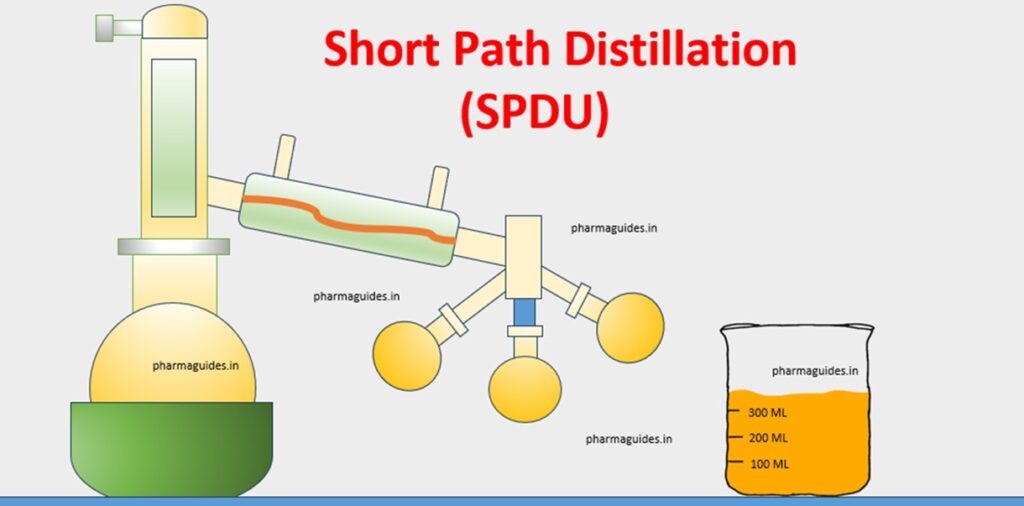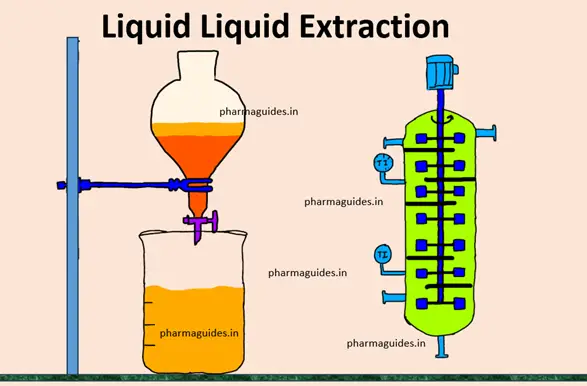Article Contents
How does a screw pump works
How does a screw pump works :-Screw pumps are a type of positive displacement pump that uses two or more intermeshing screws to move fluids. They are widely used in various industries for the transfer of high viscosity fluids, as well as for handling liquids containing solid particles. In this article, we will take a closer look at how screw pumps work in detail.
Basic Principle of Screw Pumps
The screw pump works on the principle of positive displacement, which means that a fixed amount of fluid is moved with each revolution of the screw. The pump consists of two or more helical screws, also known as rotors, that rotate inside a cylindrical cavity, also known as a stator.
The screws are designed to mesh tightly with each other and with the stator walls, creating a series of sealed chambers between the screws and the stator. As the screws rotate, the fluid is trapped in these chambers and moved axially along the axis of the pump.
The screw pump’s operation is continuous, and the volume of fluid delivered per revolution is consistent, irrespective of the pressure differential across the pump. This makes screw pumps ideal for pumping fluids with varying viscosities, ranging from low-viscosity liquids to heavy oils and slurries.
Working of Screw Pumps
The screw pump’s working can be described in four stages, as follows.

- Inlet Stage: As the screws rotate, the fluid enters the pump through the inlet port and fills the cavities between the screws and the stator.
- Conveying Stage: As the screws continue to rotate, the fluid is trapped in the cavities and conveyed towards the outlet port. The meshing action of the screws ensures that the fluid is moved continuously and without pulsation.
- Compression Stage: As the fluid is moved towards the outlet, the cavity’s size decreases, resulting in a gradual increase in pressure. The compression ratio of the pump is determined by the pitch of the screws and the diameter of the stator.
- Outlet Stage: Finally, the fluid is discharged from the pump through the outlet port. The discharge pressure is determined by the pump’s design and the resistance to flow in the discharge line.
Advantages of Screw Pumps
Screw pumps have several advantages over other types of pumps, such as centrifugal pumps, which include:
- High Efficiency: Screw pumps are highly efficient, with efficiencies up to 90%, making them ideal for applications where energy savings are essential.
- Self-Priming: Screw pumps are self-priming and can handle fluids with entrained air or gas without losing prime.
- Low Shear: Screw pumps generate low shear, making them ideal for pumping shear-sensitive fluids, such as polymers, resins, and emulsions.
- Low NPSHr: Screw pumps have a low NPSHr (Net Positive Suction Head Required), making them ideal for applications with low NPSHa (Net Positive Suction Head Available).

Questions and answers related to screw pumps
What types of fluids can screw pumps handle?
Screw pumps can handle a wide range of fluids, including liquids with high viscosity, as well as liquids containing solid particles.
What is the basic principle of screw pumps?
Screw pumps work on the principle of positive displacement, which means that a fixed amount of fluid is moved with each revolution of the screw.
How is the compression ratio of a screw pump determined?
The compression ratio of a screw pump is determined by the pitch of the screws and the diameter of the stator.
What are some advantages of screw pumps over centrifugal pumps?
Some advantages of screw pumps over centrifugal pumps include high efficiency, self-priming, low shear, and low NPSHr.
What is the difference between a single-screw pump and a twin-screw pump?
Single-screw pumps have one screw rotor and a stator, while twin-screw pumps have two intermeshing screw rotors and a stator.
Can screw pumps handle abrasive fluids?
Yes, screw pumps can handle fluids containing solid particles, including abrasive fluids.
How can screw pump performance be optimized?
Screw pump performance can be optimized by selecting the appropriate pump design, material of construction, and operating conditions.
What are some common applications of screw pumps?
Screw pumps are commonly used in applications such as food processing, chemical processing, wastewater treatment, and oil and gas production.
What is the maximum flow rate that screw pumps can handle?
The maximum flow rate that screw pumps can handle depends on the pump’s design and size, but they can typically handle flow rates of up to several thousand gallons per minute.
What is the typical lifespan of a screw pump?
The typical lifespan of a screw pump depends on the pump’s design, material of construction, and operating conditions, but they can last for several years with proper maintenance.
Conclusion
Screw pumps are versatile positive displacement pumps that can handle a wide range of fluids, from low-viscosity liquids to high-viscosity oils and slurries. Their unique design and operation make them highly efficient, self-priming, and low-shear, making them ideal for a range of industrial applications. Understanding how screw pumps work can help operators and engineers choose the right pump for their specific application and ensure reliable and efficient pump performance.
Reference,






